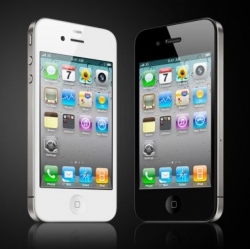
Doctors and dentists take millions of X-rays globally each year. Governments use X-rays to scan luggage and shipping containers for hazardous materials. Yet the technology underlying X-ray machines hasn’t changed much in the last hundred years.
We still accelerate electrons through glass vacuum tubes and slam them into material at the end to produce X-rays. The machines are bulky, fragile, and expensive.
But that may not hold true much longer. A California startup called Tribogenics is using a novel method of producing X-rays, fleshed out by Darpa-funded research at UCLA, to make X-ray emitters sturdier and more portable.
The firm derives its name from a natural process called triboluminescence. When some materials—tape, sugar, or famously, Wint-O-Green Life Savers—are pulled apart, positive and negative charges separate and, like lightning, reunite in a flash of light.
Triboluminscence has long been observed by scientists, but in 2008, it got a practical use. In a paper published in Nature, UCLA researchers produced X-rays in addition to visible light by simply unrolling Scotch tape in a vacuum.
Using no more than a piece of dental film, two rolls of tape, and a vacuum chamber, the scientists produced an X-ray image of a finger.
One of those researchers, Carlos Camara, now chief scientist at Tribogenics, noted the machines dentists use are orders of magnitude larger and more complex. “This is the cheapest way to generate X-rays at this scale,” Camara said.
Now, with almost $9 million in funding from the likes of Peter Thiel’s Founders Fund, Tribogenics is aiming to use triboluminescence to shake up X-ray tech.
Exploiting the same principle behind those early Scotch tape experiments, the firm says they’ve developed a new “metal-polymer” technology that can be embedded in comparatively tiny devices. Users will be able to employ the devices by themselves (as a point source) or together in an array.
